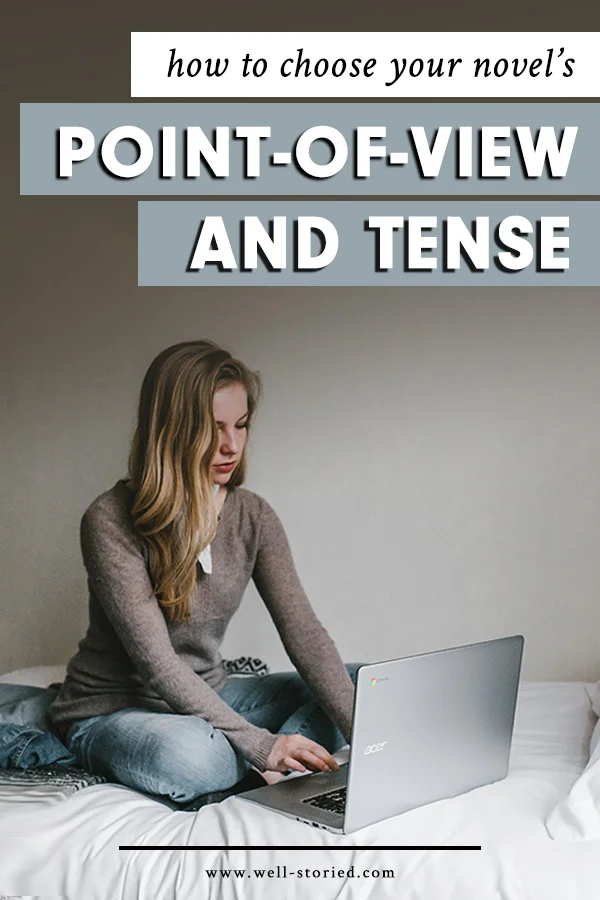Blog
How to Choose Your Novel's Point-Of-View & Tense
How you choose to structure and style your story's prose can make all the difference.
Two of the biggest elements that affect your prose are, of course, point-of-view and tense. Does it really matter if you write your book in first-person or third-person? In past or present tense? In some cases, yes. In fact, point-of-view and tense are a bit like the clothes you wear each day. They may not change who you are, but they do affect others' impressions of you.
And a good first impression can make all the difference, right? So today, writers, we're going to explore the kinds of impressions point-of-view and tense can make and how you can be sure to choose the right option for your story!
